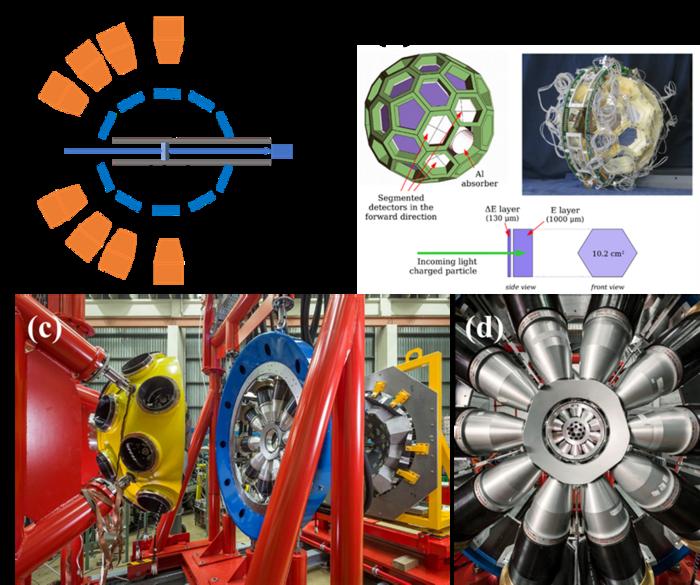Nuclear fusion is one of the most powerful reactions known to mankind. It is the process that powers the Sun and stars, and results in high-energy output. However, achieving nuclear fusion in lab settings is quite challenging as it requires extreme temperature and pressure conditions.
A new study reveals a more practical alternative to nuclear fusion. It shows that one-neutron stripping can produce similar or more output than a fusion reaction, particularly in low-energy regions close to the minimum energy threshold required for a nuclear reaction.
One-neutron stripping is a reaction during which a neutron from a moving nucleus is kicked out as it hits another nucleus. It is like knocking a ball (neutron) out of a moving box (nucleus) when it hits another box. This leaves the moving box with one less ball.
Compared to nuclear fusion, nuclear stripping is much easier to achieve in the lab. Therefore, these findings open a new and feasible avenue for achieving our nuclear energy goals.
“By better understanding the behavior of nuclei in these conditions, we can enhance our approaches to nuclear energy production and radiation therapy,” said Jesús Lubián, one of the study authors and an associate professor at Brazil’s Fluminense Federal University.
Decoding one-neutron transfer

One-neutron stripping is a type of one-neutron transfer reaction. During the latter, the kicked-out neutron (from the moving nucleus) is absorbed by the target nucleus.
For decades, scientists have been trying to understand the mechanism that leads to the transfer of neutrons in weakly bound nuclei. It is important to decode this mechanism as it can greatly improve our understanding of nuclear physics, including various nuclear reactions.
The study authors performed an interesting experiment for this purpose. They studied the one-neutron stripping process between Li-6 (a Lithium isotope) and Bi-209 (an isotope of Bismuth). Then compared its output with that of the complete fusion reaction involving the same isotopes.
They employed the GALILEO Array (a grammar-ray detector) in combination with the 4π Si-ball EUCLIDES (an advanced laser detector) to study gamma-ray emissions and detect charged particles during the reactions.
They also used a special method known as the gamma-gamma coincidence, to study different gamma rays identified in the one-neutron stripping. “The gamma-gamma coincidence was crucial in isolating specific reaction channels, allowing the team to pinpoint the behavior of nuclei under different conditions with high accuracy,” the researchers note.
The results of neutron transfer between Be and Li surprised the researchers. Here’s what they found:
One-neutron stripping has immense potential
In the above-mentioned reaction, the weekly bound Li-6 collides with much heavier Bi-209. The result of this interaction shows that one-neutron transfer is capable of producing output similar to that of a fusion reaction.
“One-neutron stripping process yields results comparable to those of complete fusion reactions especially in energy regions near nuclear barriers. Contrary to previous expectations, the results indicate that the one-neutron transfer plays a dominant role at lower energies, exceeding the output of fusion reactions,” the study authors said.
These findings may unlock new opportunities for employing one-neutron transfer in areas such as nuclear energy research.
“The process underscores the intricate and nuanced nature of nuclear reactions, providing a stepping stone for future scientific breakthroughs in nuclear science and technology,” the study authors added.
The study is published in the journal Nuclear Science and Techniques.
ABOUT THE EDITOR
Rupendra Brahambhatt Rupendra Brahambhatt is an experienced writer, researcher, journalist, and filmmaker. With a B.Sc (Hons.) in Science and PGJMC in Mass Communications, he has been actively working with some of the most innovative brands, news agencies, digital magazines, documentary filmmakers, and nonprofits from different parts of the globe. As an author, he works with a vision to bring forward the right information and encourage a constructive mindset among the masses.

Dr. Thomas Hughes is a UK-based scientist and science communicator who makes complex topics accessible to readers. His articles explore breakthroughs in various scientific disciplines, from space exploration to cutting-edge research.








